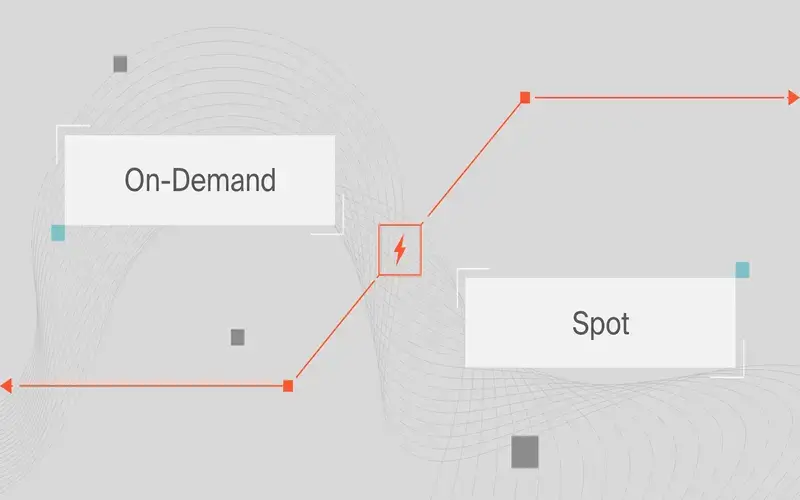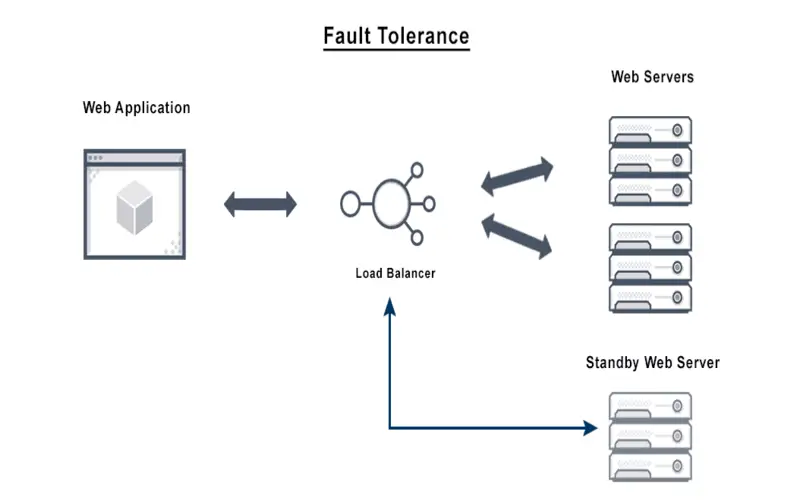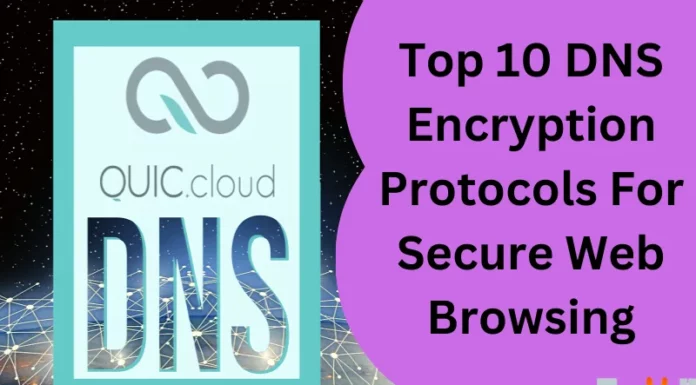What Are Spot Instances?
While extremely common, on-demand is the most expensive alternative. Cloud instances provide users a simple way of eliminating cost by about 40%, while they need a user to make a long-term devotion for 1-3 years and users are filled regardless of whether they use the instance or not. Finally, Amazon provides Spot instances as a third option. Spot instances are Amazon’s extra capacity that is not currently in use. Users can place offers to at numerous discounts up to 80-90% off the On-Demand rate. The only cautions are that this instance can be saved by Amazon at any instant leaving your application threat to downtime.
What Is Spot Optimization?
Xosphere Instance Orchestrator mechanically executes Spot optimization by Spot optimization by exploiting AWS Spot Instances to evaluate the cost of your framework while organizing the same stage of flexibility as On-Demand instances.
Benefits
- Flexible And Low Risk
Does not replace AWS native Auto Scaling Groups, and there are no launch configuration changes.
- Quick And Easy
Installs in less than 10 minutes with cloud Formation or Terraform.
No code changes and no development procedures convert.
- Safe And Secure
No third-party access to your AWS account is required.
All information stays in your control in your account.
Features
Reserved Instance Prioritization
Spot instances will not display instances that have reservations.
Automatic Diversification Of Spot Instances
Spot instances are varied amongst family, size, and accessibility zones to reduce any effect when spot instances are restored.
Connection Draining
Combines with Elastic Load Balancer (ELB) and Application Load Balancer (ALB) to quickly manage any forming relationships before Spot termination.
Works With Containers
Native combination with Kubernetes, ECS, and EKS to be wander to latest prior to Spot termination mechanically.
Tag-based Configuration
Simply allow and configure settings using AWS tags.
Custom Bidding
Works out-of-the-box with best previews on Spot bidding or your bidding method.
Spot Termination Handler
Automatically respond to Spot termination notifications and rapid trace substitute. On-demand instances.
Stateful Workloads
EBS volumes can be laid out as substitute instances allowing stateful apps to work absolute.
Notification And Lifecycle Hooks
Works with surviving Auto Scaling Group notifications settings and lifecycle hooks.
Essential Things:
1. Use Spot Instances Alongside On-demand Instances
If you not able to sign a long-term operation contract. In that case, you can merge Spot and On-demand Instances to organize your reliability. This path, you can use either instance type for short-term jobs, unstable use cases, or possible workloads comprises of using Ris for expected, long-term applications.

2. Flaws-Tolerant And Reliable Workloads
Spot Instances are prefect for applications that can simply control interval and allocate their workloads along various instances. By calculating your framework with diffusion in mind, you can reduce the effect of Spot Instance interference.

3. Big Data Processing
ETL (Extract, Transform, Load), log processing, and spread information processing can all benefit from Spot Instances. Cloud Offered often have specific services that enable you to authority of Spot Instances in a vast data workflow, like AWS EMR (Elastic MapReduce) with Spot Instances.

4. Instance Termination
Since spot instances are costly strongly, there is a risk that the spot cost can arise above the maximize bud set by the consumer, outcoming in instance termination. When the spot cost oversteps the bid cost, the instance is provided a two-minute notice before being restored by the cloud offered. Managements must be arranged for this potential and patterned their application to control instance terminations easily.

5. Purchasing Process
Purchasing Spot Instances needs demand for them (in $ per instance per hour), much like a fair. You pay the market cost (the Spot cost in AWS). If the market cost of the instance is below your offer price, you will get it at the market price. So, instead of paying the price you offered, you pay the lower market cost. You install a Spot instance in a familiar way to an On-demand Instance. Note that a Spot Instance can only be installed when its request is agile, and ability is accessible.

6. Pricing For On-Deman Vs. Spot Instances
It is by far the largest distinguishing feature between Spot Instances and On-demand Instances. Spot Instances provide up to 90% off the On-Demand rate, making them the cheaper type of cloud instance. It is for this argument that Spot Instance characteristics clearly in most cloud cost optimization methods as discount devices. Yet, exactly how much discount you will rely on how much additional capacity your cloud offered has accessible and is prepared to trade off at the time you request it.

7. Prevent Using Spot Instances For Business-critical Workloads That Are Not Flaws-tolerant
Spot capacity remind catching your workload by wonder, which may cause service disruptions. It more about Spot Instance allocation like how many Spot Instances you can start and how to maximize your limit, on the official service permitted pages; these details tend to convert over time.

8. Use A Spot Instance Orchestration Device To Rebalance The Affected Workloads Mechanically
Xosphere does this consistently, for instance. It scans your workload needs and relates them with Spot Instance. Xosphere mechanically changes your workload to them.

9. Use Spot Instances Alongside More Reliable Instances
The major offers other discounted instance, such as Savings Plans and Reserved Instances. In inclusion to dedicated use discounts up to 72% SPs and Ris offer service stage agreements such as 99.99% accessibility certainly. With these alternative instances, you can prevent service intervention while minimizing operational costs. However, SPs, and Ris need you to execute to spending a particular amount per instance per hour (SPs) and a fixed resource exercise stage per hour (RIs) for a certain period.

10. Proactive Instance Management
Xosphere optimization includes diligently organizing spot instances to ensure optimal performance and cost-effectiveness. It involves observing spot instance accessibility and pricing fashions, protectively, allocation workloads to distinct instance types or areas when essential, and agile handling instance interference to reduce disruptions.



















